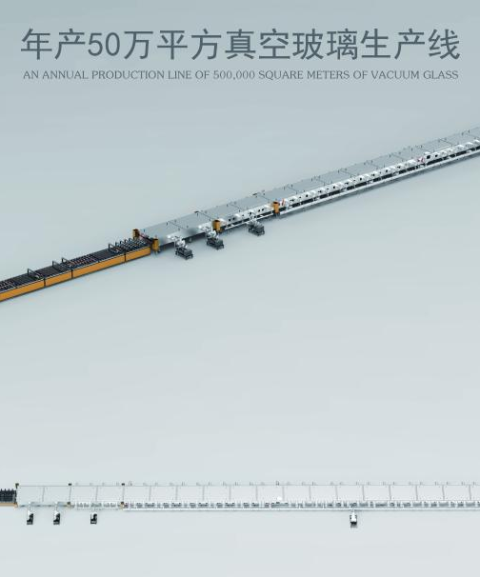Introduction to Vacuum Insulated Glass
Vacuum insulated glass, a remarkable advancement in glazing technology, provides unparalleled thermal performance and energy efficiency. Unlike conventional glazing materials, vacuum insulated glass employs a layer of evacuated space between two panes, drastically reducing conductive heat transfer. This innovative design not only keeps indoor environments comfortable but also contributes to energy conservation efforts. Architects and builders are increasingly incorporating this technology in both residential and commercial constructions to minimize heating and cooling costs. By investing in vacuum insulated glass, property owners can enjoy long-term benefits, including improved energy ratings and increased property value.

Understanding Insulated Windows
Insulated windows are a staple in modern construction, providing key benefits such as thermal regulation and sound attenuation. By trapping air or gas between panes, these windows significantly enhance energy efficiency by limiting heat escape during the winter and preventing excessive heat gain in the summer. Homeowners and commercial builders alike employ insulated windows to improve comfort levels across varying climates. Interestingly, the integration of vacuum technology into insulated windows further amplifies these benefits. By employing vacuum insulated glass, one can achieve even lower U-values, translating to superior insulation performance compared to traditional double-glazed options. This adaptation not only fosters a sustainable living environment but also enhances privacy and reduces noise pollution.

The Benefits of Vacuum Glass
Vacuum glass is an exceptional solution for a wide range of applications, particularly in urban environments where space is limited, and energy efficiency is paramount. Employing a slim profile, vacuum glass can deliver significant thermal insulation with minimal bulk, making it ideal for modernist architectural designs. As the world increasingly gravitates towards sustainable construction practices, vacuum glass stands out as an innovative alternative to traditional window solutions, appealing to environmentally conscious consumers. Its durability, combined with its impressive insulating properties, allows for a reduction in heating and cooling expenses, thereby promoting energy conservation. In scenarios such as high-rise buildings or densely populated spaces, vacuum glass also plays a crucial role in noise reduction, creating a tranquil atmosphere amidst urban hustle.
Conclusion and Brand Recommendation
In summary, the integration of vacuum insulated glass and insulated windows into contemporary architecture offers significant benefits, including enhanced energy efficiency, improved acoustic performance, and increased sustainability. As the demand for cutting-edge materials rises, brands like SuperVIG emerge as leading manufacturers, known for their superior product offerings and supply advantages. By choosing SuperVIG, consumers gain access to high-quality vacuum insulated solutions tailored to meet the needs of modern construction while fostering a greener future.



